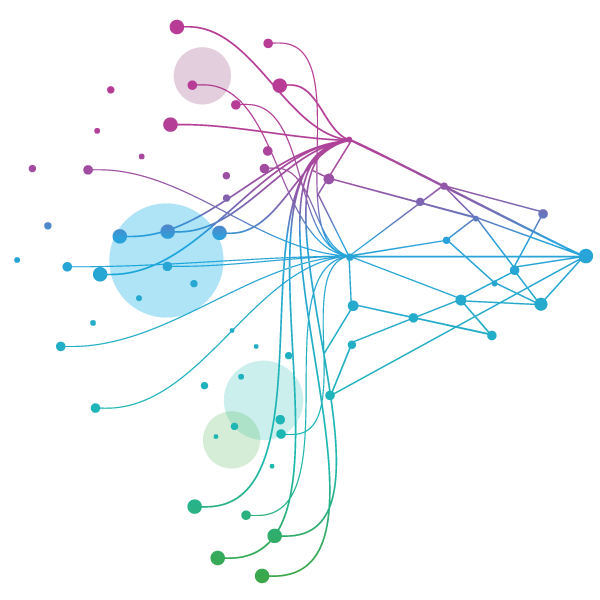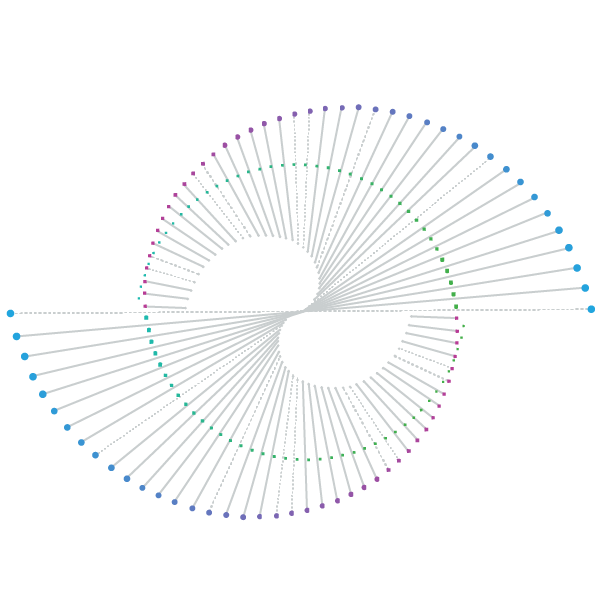Harness the power of global human expertise combined with automation, artificial intelligence (AI) and machine learning (ML) to design, build and execute end-to-end safety solutions.






















- Blogs
- Enhancing Signal Detection with Real-World Data: A New Era in Pharmacovigilance
Pharmacovigilance (PV) has long relied on spontaneous reporting systems to detect and evaluate adverse drug reactions. While these systems remain foundational, they often lack the context and completeness needed to fully understand emerging safety concerns. As the healthcare landscape becomes increasingly data-rich, real-world data (RWD) is emerging as a powerful complement to traditional PV methods.
The value of diverse RWD sources
RWD encompasses a wide range of data sources, including electronic health records (EHRs), health insurance claims, patient registries, social media platforms, and digital health technologies such as wearables and mobile health apps. Each of these sources offers unique insights that can enhance the detection, evaluation, and management of safety signals.
- EHRs provide detailed clinical information, including medication histories, diagnoses, lab results, and treatment outcomes.
- Claims data offer broad, population-level coverage with minimal selection bias.
- Patient registries are particularly useful for tracking long-term safety outcomes in specific populations, such as those using orphan drugs, vaccines, or medical devices.
- Social media captures patient-reported experiences in real time, including adverse events, treatment changes, and quality-of-life impacts.
- Wearables and digital health tools enable continuous monitoring of health status and behaviors, providing real-time data that can reveal subtle changes or patterns not captured in clinical settings.
Advanced analytics for signal detection
To make sense of this diverse and often unstructured data, IQVIA have multiple RWE tools and sources that can apply advanced analytics, including natural language processing (NLP), machine learning (ML), and statistical techniques such as sequence symmetry analysis (SSA) and tree-based scan statistics (TBS). These tools help uncover hidden patterns and associations that might otherwise go unnoticed in conventional systems.
For example, NLP can extract clinically relevant information from unstructured EHR notes, while ML models can identify potential adverse events in social media posts and translate them into standardized medical terminology. SSA and TBS provide robust frameworks for identifying statistically significant associations between drugs and adverse events, even in complex datasets.
Regulatory momentum and industry readiness
Regulatory agencies are also recognizing the value of RWD. Initiatives such as the FDA’s Sentinel System and the European Medicines Agency’s DARWIN EU are actively leveraging RWD for proactive safety surveillance. These programs aim to move beyond reactive reporting and toward a more dynamic, data-driven approach to pharmacovigilance.
Despite its promise, integrating RWD into pharmacovigilance workflows is not without challenges. Data quality, standardization, and privacy concerns must be addressed. Moreover, the sheer volume and variety of data can lead to information overload and an increased risk of false positives. To mitigate these risks, collaboration among global stakeholders is essential. Developing shared standards, controlled vocabularies, and best practices will help ensure the sustainability and effectiveness of RWD-based signal detection.
A more contextual and timely approach to safety
Ultimately, RWD does not replace traditional PV methods. It enhances them. By providing broader, more contextual insights, RWD enables more timely, accurate, and comprehensive safety monitoring. For small and mid-sized pharmaceutical companies, embracing RWD offers a strategic advantage in navigating today’s complex regulatory and therapeutic landscape.
If your team is exploring how to integrate real-world data into your pharmacovigilance strategy, IQVIA can help you unlock its full potential with the right tools, expertise, and infrastructure.





